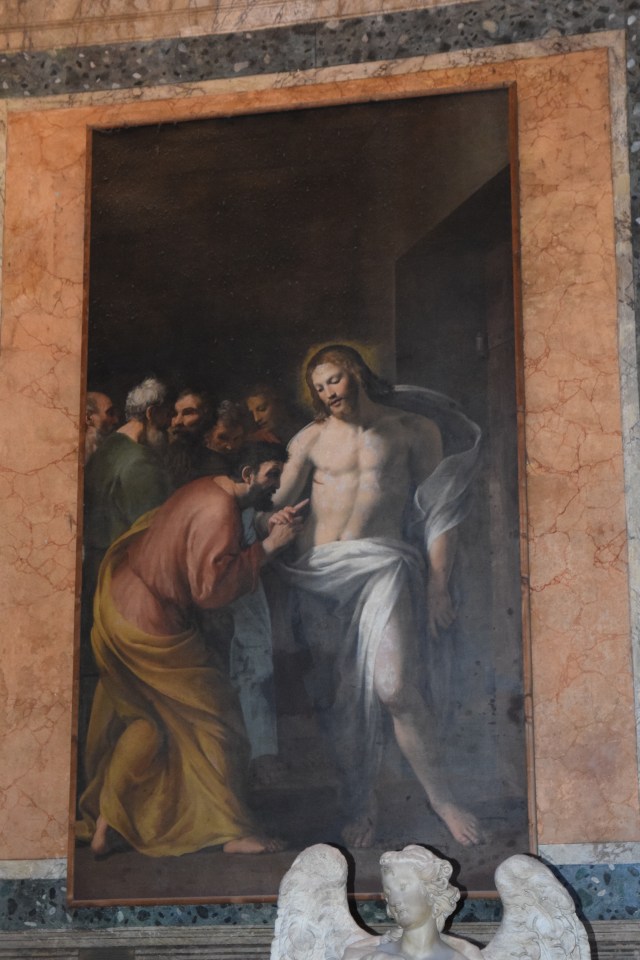Visiting the Lucca Cathedral was one of the highlights of the time that we spent touring the city of Lucca in Italy. One of the most fascinating things about the cathedral is the different colors of the bell tower due to the different materials that were used in its construction. The base of the tower is made of quartz stone, while the top floors are made of white limestone, making for an interesting contrast. Another interesting feature of the cathedral are the three arches that are part of the entrance. One of the arches is smaller than the other two due to the fact that the bell tower existed at the time of the construction and the architects reduced the size of the third arch to accommodate the tower.




Construction began on the Lucca Cathedral in 1063, but there were many changes over the years, including Gothic features that were added in the 14th century. There is some very interesting artwork and reliefs within the church, but one of the most important objects within the cathedral is the Holy Face of Lucca, also known as the Sacred Countenance. It is a wood crucifix with the image of Christ that was carved in the 1st century and is the most precious relic in Lucca. Another interesting feature within the Lucca Cathedral is the tomb of Ilaria del Carretto, which is considered to be a masterpiece.




Another interesting feature of the Lucca Cathedral are the columns on the façade that are of varying styles. Legend has it that the city commissioned three different artists to design the columns for the cathedral. When the artists presented their work, the town’s people apparently decided to use the columns from all three without paying them for their work. In addition to the columns of the façade, the marble entranceway is quite stunning with more unique columns and detailed reliefs above the doors.





Lucca Cathedral is definitely one of the most prominent buildings in the city of Lucca. With its unique coloring, beautiful artwork, and interesting design, it is different than most of cathedrals that we visited in Europe. Lucca itself is a wonderful walled city with medieval architecture and is worth at least visiting when in Tuscany. In addition to the Lucca Cathedral, there is also the Torre Guinigi, which is a tower with trees on the roof that provides wonderful views of the city.











































